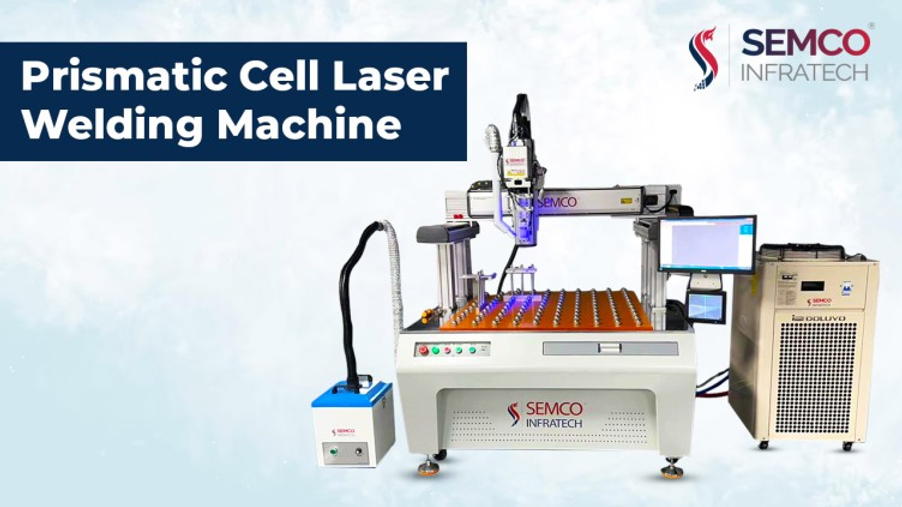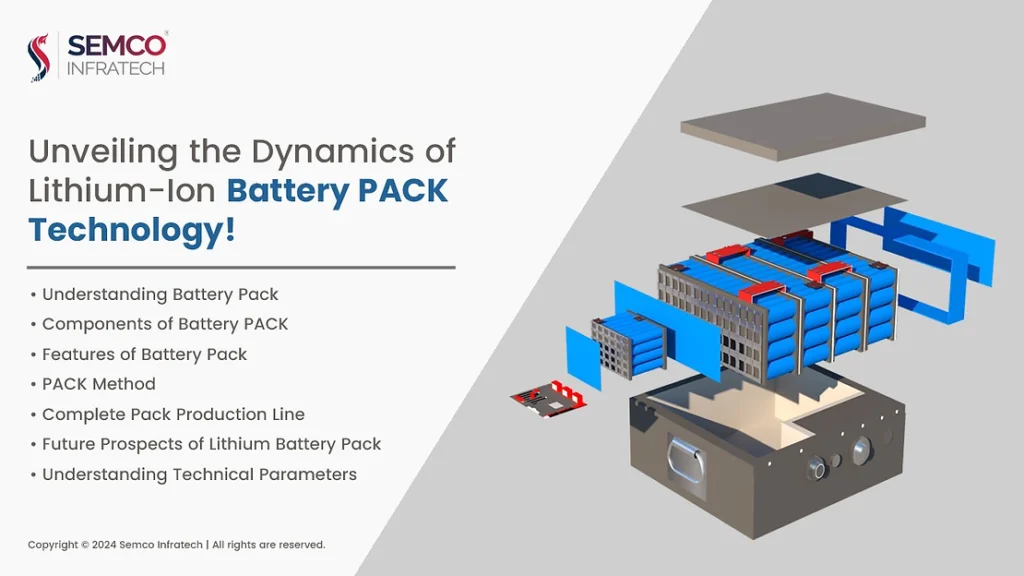The rise of electric vehicles, renewable energy systems, and portable electronics has significantly increased the demand for lithium-ion batteries. But behind these powerful energy sources lies a highly intricate and controlled manufacturing process.
From raw materials to finished products, battery-making machines and advanced battery-making equipment are essential in ensuring efficiency, precision, and safety at every stage.
Understanding the Fundamentals
Before diving into the production process, it’s crucial to understand the core components of a lithium-ion battery:
- Positive Electrode: Made from materials such as lithium cobalt oxide (LCO), lithium nickel manganese cobalt oxide (NMC), or lithium iron phosphate (LFP).
- Negative Electrode: Typically composed of graphite.
- Separator: A porous membrane that separates the electrodes while allowing lithium ions to flow.
- Electrolyte: A gel or liquid that enables ion movement between electrodes.
- Current Collectors: Usually, aluminium for the positive electrode and copper for the negative, which provide a conductive path for electrons.

The battery works through the reversible movement of lithium ions between electrodes. During charging, lithium ions migrate to the negative electrode; during discharge, they return to the positive side, producing electrical energy.
The Lithium-Ion Battery Assembly Process: A Multi-Stage Journey
The lithium-ion battery assembly process can be categorized into three key stages:

1. Front-End: Electrode Manufacturing
This initial phase focuses on producing high-performance electrodes, a critical step in the battery cell-making machine workflow.
- Slurry Preparation: Active materials (e.g., LCO or graphite) are mixed with binders like PVDF and conductive agents to form a uniform slurry.
- Coating: The slurry is precisely applied to metal foils using high-precision battery-making equipment, ensuring uniform thickness.
- Drying & Calendaring: Coated electrodes are dried to eliminate solvents and then compressed for better conductivity.
- Slitting & Die Cutting: Electrodes are cut into specific dimensions to fit the battery cell, making machine specifications.
2. Middle-End: Cell Assembly
The second stage of the lithium-ion battery assembly process involves assembling the core components.
- Winding/Stacking: Positive and negative electrodes are alternately layered with separators to form a cell stack.
- Electrolyte Filling: The electrolyte is carefully injected into the cells to enable ion movement.
- Sealing: The cells are sealed using heat or ultrasonic sealing to avoid leakage and ensure safety.
3. Back-End: Formation and Packaging
The final stage is about bringing the battery to life.
- Formation: Cells undergo multiple charge-discharge cycles to stabilize their chemistry.
- Testing & Sorting: Advanced battery-making machines test each cell for voltage, capacity, and other parameters. Cells are then sorted accordingly.
- Packaging: Assembled cells move into the lithium battery pack assembly stage, where they are configured into packs, enclosed, and prepared for shipment.

Key Challenges in Lithium Battery Manufacturing
- Quality Control: Every step, from mixing to testing, demands extreme precision.
- Safety: Mishandling materials or processes can result in thermal runaways or fire hazards.
- Environmental Responsibility: Managing chemical waste and emissions is critical for sustainability.
- Technological Advancements: The demand for higher capacity and faster charging batteries drives constant innovation in battery-making equipment.
Conclusion
The lithium-ion battery assembly process is a sophisticated, multi-layered operation that relies heavily on precision, quality, and cutting-edge technology. With growing applications in EVs, consumer electronics, and energy storage, understanding this process—and the role of battery-making machines—is vital. As innovations continue to emerge, the evolution of lithium battery pack assembly will remain central to the future of sustainable energy solutions.





